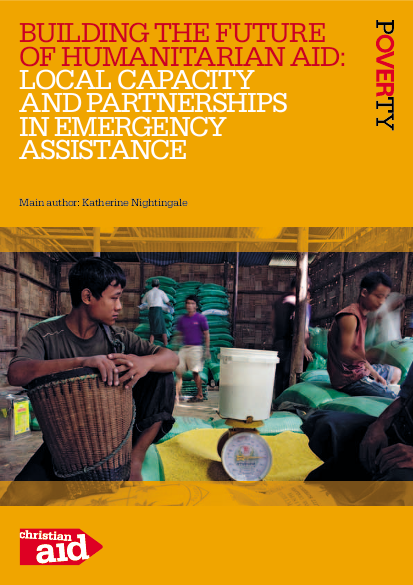
A significant common message from the East Africa food crisis, Pakistan floods, Haiti earthquake and the 2004 tsunami – and almost every emergency in recent years – is that investment in building resilience, reducing disaster risk and strengthening local capacity to respond saves lives and speeds recovery. In any emergency the first people to respond and give life- saving help are those affected by it. ‘Friends and neighbours search through the rubble for loved-ones after earthquakes; local hospitals work through the night to care for the injured.’1 In Kenya, for example, the church and national organisations have played a key role in managing drought risks and providing emergency relief in the face of the 2011 food crisis.
